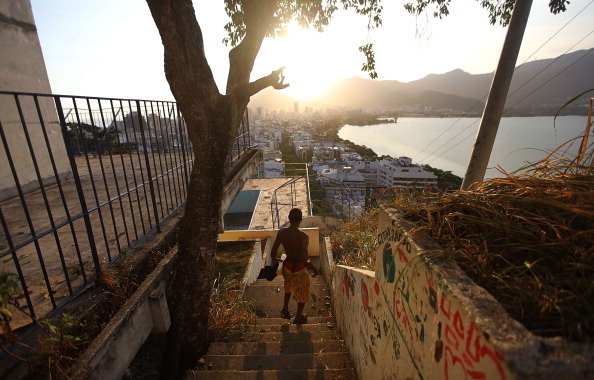
The Us
In addition, Kiwis are making “a bit of a splash” in American technology circles. But while some New Zealand companies have had success in cracking the American nut (think plastic boxes supremo Sistema, network management company Mako Networks, cloud accounting software company Xero and the like) it is still a challenging environment, Conn says.
For a start, America can be an expensive market to tackle, relationships take time to develop, and there is plenty of added complexity from myriad regulations that differ by state and federal authority. Not to mention it is a huge and diverse country with cultural and geographic distances to cover.
Conn says its better not to tackle too much at once and to instead focus on specific states or cities that resonates most with a business. “Often on a state-by-state basis there’s enough of a market to do very well and then expand from there.”
South America
If you think North America is diverse, just wait until you head south. “There’s no unity in this continent,” says Jorge Forteza, an NZTE Beachhead advisor in Buenos Aires. “It’s very large and diverse, with very diverse views on the role of business.” In the hierarchy of the continent’s business climates, Forteza says Chile is generally at the top and well above the rest. Colombia, Peru and Uruguay follow, thanks to economies forecast to grow faster than for South America as a whole. Brazil comes next, but the climate is “iffy and doubtful”, Forteza says, and despite the hype around it there is growing uncertainty.
The continent isn’t one of New Zealand’s largest export partners – trade to Chile, Brazil and Colombia totalled somewhere around the $360 million mark for 2013 – though it does appear to have doubled from 2012, according to figures provided by NZTE.
Still, South America is a challenging environment where Kiwis might experience culture shock in terms of business climate, rule of law and intellectual property protection. But with growing economies and infrastructures, Forteza says there is a demand for the types of products and services New Zealand has to offer.
The exports that tend to do well at the moment in South America come from agriculture and specialised manufacturing industries. But it’s in the areas of education services, agribusiness and infrastructure technology where Forteza foresees growth. It will be those areas that the governments of the various countries look to invest in as they grow their economies and the attendant infrastructures, he says.
“Those require all the kinds of things that New Zealand is good at. All these countries will have to invest in infrastructure over the next 10 years. Around $100 billion a year for South and Central America in roads, water treatment, airports and energy.”




